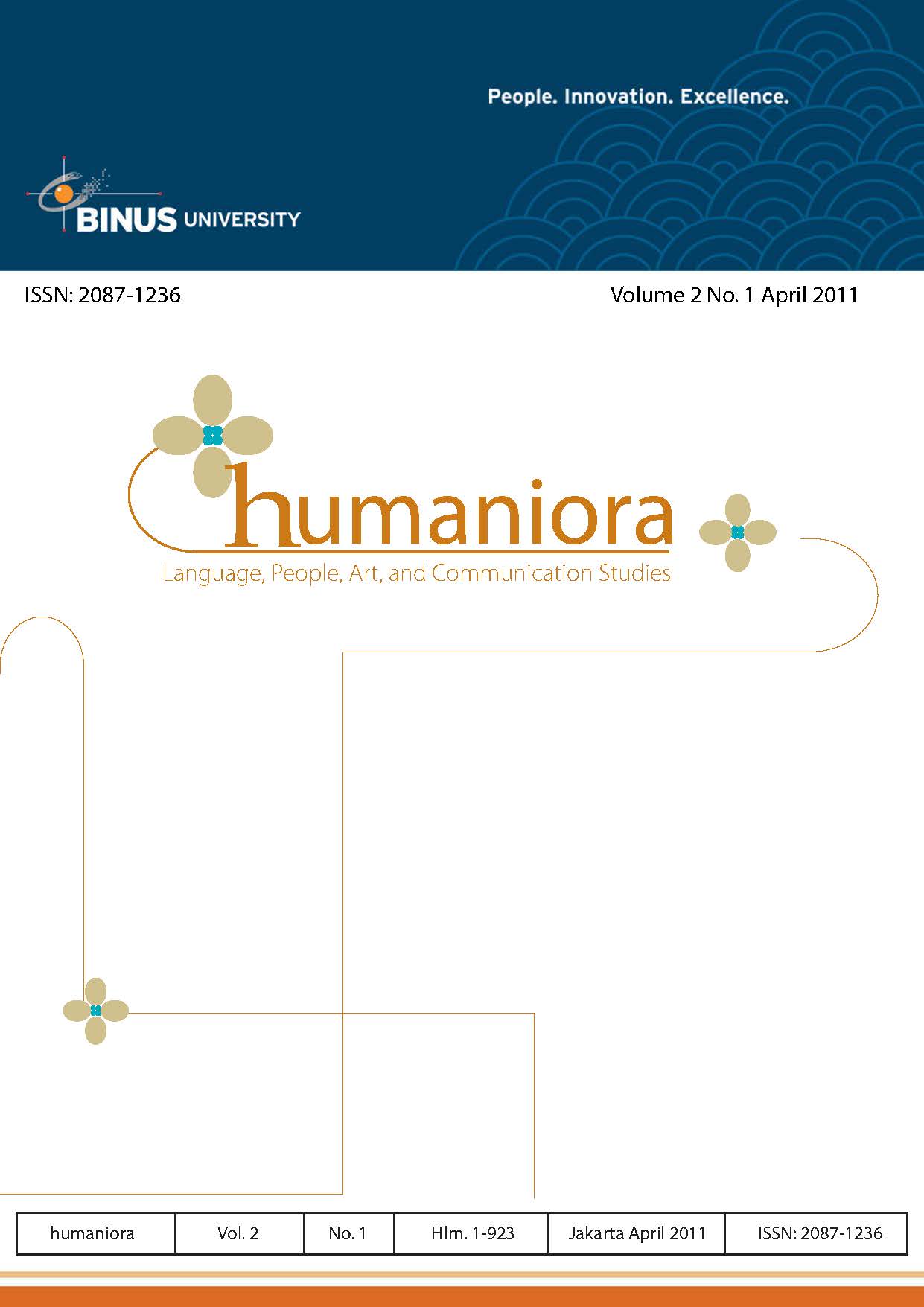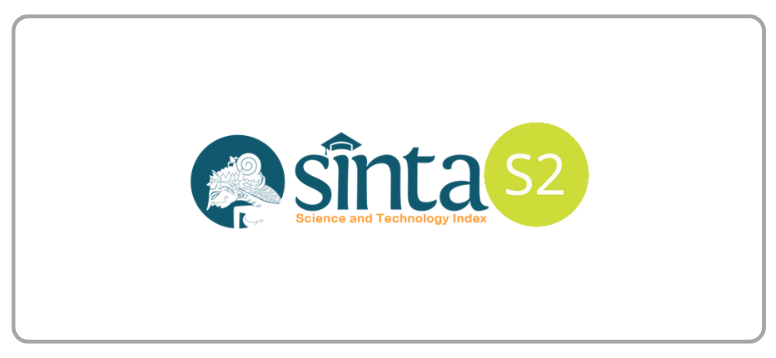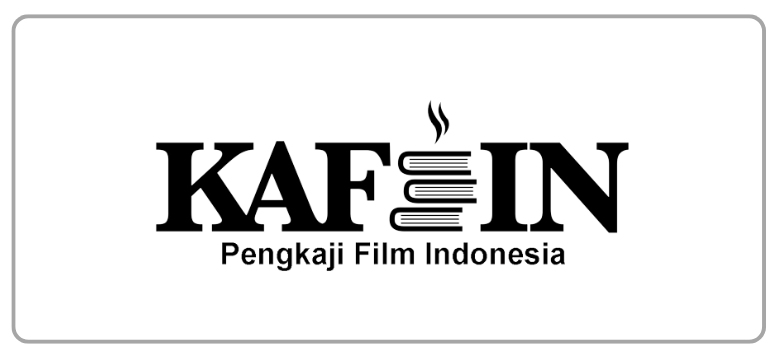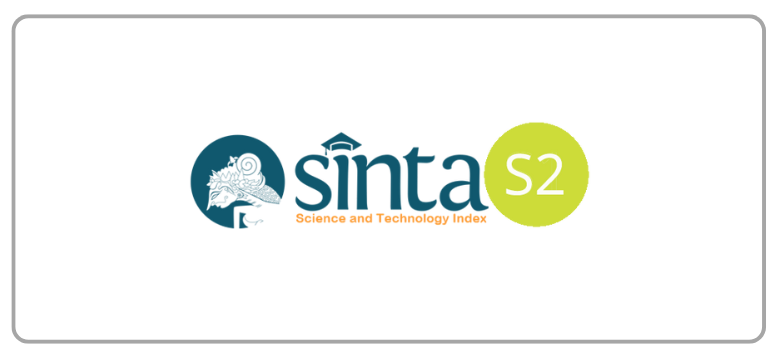Tenun Dan Penerapannya pada Desain Interior sebagai Warisan Budaya yang Memiliki Nilai Jual yang Tinggi
DOI:
https://doi.org/10.21512/humaniora.v2i1.3070Keywords:
weaving, local content, the application of weaving in interior designAbstract
Weaving is one of the traditional fabric cultural arts of Indonesia produced in various regions across the archipelago (Sumatra, Kalimantan, Bali, Sulawesi, Lombok, Sumbawa, etc.). Weaving has a significance, historical value, and high technique both in terms of colors, patterns, materials and type of yarn used and each region has the characteristics of each. Weaving as one of high cultural heritage (Heritage) is the pride of Indonesia which may reflect national identity. Therefore, weaving both in terms of production engineering, design and the resulting product should be maintained and preserved its existence, and promoted for reuse. One of them in the world of interior design can be used as an aesthetic element to promote local cultural elements (local content) of Indonesia.
Â
References
Anwar, An. (2003). Rumah Tenun Pusako. Diakses dari
http://www.angelfire.com/id/pusako/songket.htm#TOP
BJ, Zulkifli. (2010). Musium Toyota: Dari Mesin Tekstil ke Mobil - Bagian 1. Diakses dari http://otomotif.kompas.com/read/2010/11/10/06545066/Musium.Toyota.Dari.Mesin.Tekstil.ke.Mobil.-.Bagian.1
Kartiwa, S. (1986). Kain Songket Indonesia. Jakarta: Djambatan.
Kartiwa, S. (1987). Tenun Ikat-Indonesian Ikats. Jakarta: Djambatan.
Koentjaraningrat. (1995). Manusia dan Kebudayaan di Indonesia. Jakarta: Djambatan..
Richter, A. (1993). Arts and Crafts of Indonesia. California: Chronicle Books.
Downloads
Published
How to Cite
Issue
Section
License
Authors who publish with this journal agree to the following terms:
a. Authors retain copyright and grant the journal right of first publication with the work simultaneously licensed under a Creative Commons Attribution License - Share Alike that allows others to share the work with an acknowledgment of the work's authorship and initial publication in this journal.
b. Authors are able to enter into separate, additional contractual arrangements for the non-exclusive distribution of the journal's published version of the work (e.g., post it to an institutional repository or publish it in a book), with an acknowledgment of its initial publication in this journal.
c. Authors are permitted and encouraged to post their work online (e.g., in institutional repositories or on their website) prior to and during the submission process, as it can lead to productive exchanges, as well as earlier and greater citation of published work.
USER RIGHTS
All articles published Open Access will be immediately and permanently free for everyone to read and download. We are continuously working with our author communities to select the best choice of license options, currently being defined for this journal as follows: Creative Commons Attribution-Share Alike (CC BY-SA)




















